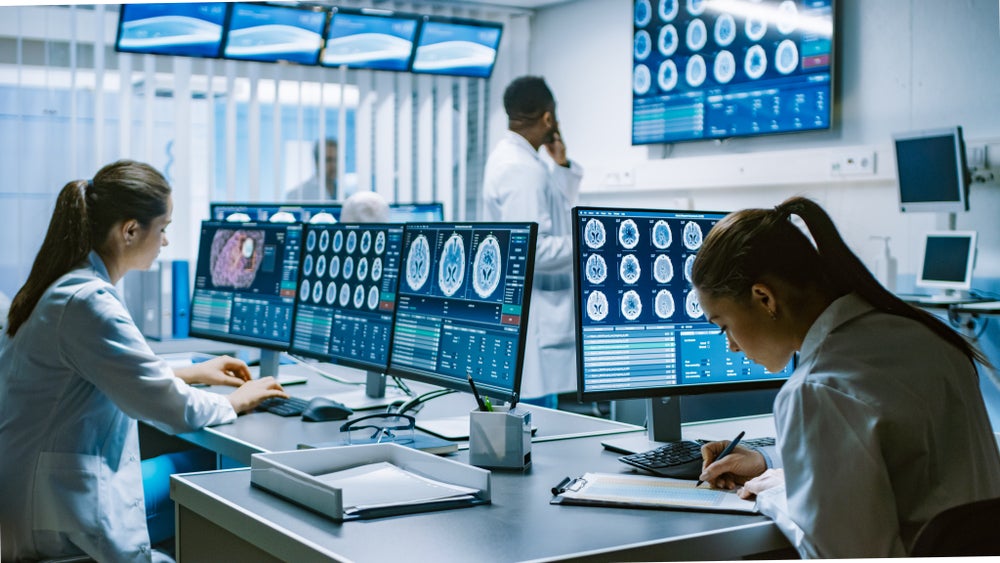
The primary role of the medical monitor is not only to keep trial patients safe, but also to ensure the validity and quality of medical data supporting the trial.
“Medical monitors are often physicians, or ‘PharmDs’, who review data through a clinical lens,” explains Sheila Rocchio, Chief Marketing Officer at eClinical Solutions. “Looking at patient data from various sources holistically allows medical monitors to identify safety signals and determine if further investigations are necessary”.
Challenges of medical monitoring
Clinical trial complexity is due in part to the greater volume and types of data being captured. A wide range of patient data such as laboratory, historical, and “omics” data are often collected across many disparate systems including EDC, lVR, and eCOA. “Medical monitors are spending a significant amount of time manually assembling data that requires review into other systems, in order to detect and hone-in on outliers that represent clinical significance,” says Rocchio.
As protectors of patient safety, medical monitors clearly have an important job to do. However, data silos reduce their ability to identify data trends and grasp what is happening to individual patients over time. According to Rocchio, medical monitors don’t have full control of their data. “They often rely on the clinical programming team to get patient profiles, and reprogramming may be needed when there are issues with assembling the relevant data. Multiple iterations are often required as new external data streams become available to display what is necessary for review and exploration,” she explains.
A modernised approach
Today, medical monitors often lack access to real-time data and relying on manual processes increases the possibility of error, putting patient safety and trial submission timelines at risk. To mitigate these challenges and streamline medical review, medical monitors need a single data analytics solution that aggregates and standardizes all the trial data. Having a 360-degree view of the data enables monitors to quickly identify risk, investigate trends, and perform analyses. Medical monitors can leverage modern technology that is currently available to streamline the medical review process, reducing risk and inefficiencies.
The elluminate® platform and its Data Central application, for example, ingests data across numerous sources in an automated fashion. It then maps data to standards and publishes it to medical monitors and other members of the clinical team. The end-to-end platform was designed by eClinical Solutions to accelerate the time from data acquisition to insight for medical monitors.
“Using elluminate, medical monitors are no longer downloading data from their EDC platform and combining it with other data sources in Excel and having to go back and forth with the clinical programming team,” Rocchio explains. “Instead, they are applying their unique clinical knowledge to the protocol, investigator site questions, and participant safety to explore and further qualify clinical issues.”
The elluminate platform provides a centralised place for medical teams to review listings, patient profiles, analytics, queries, and issue management. This powerful data review workbench combines analytics, visualizations and data listings giving medical monitors the right tools to gain a richer understanding of the patient experience while improving quality and speeding the ease of medical review and cross team collaborations.


